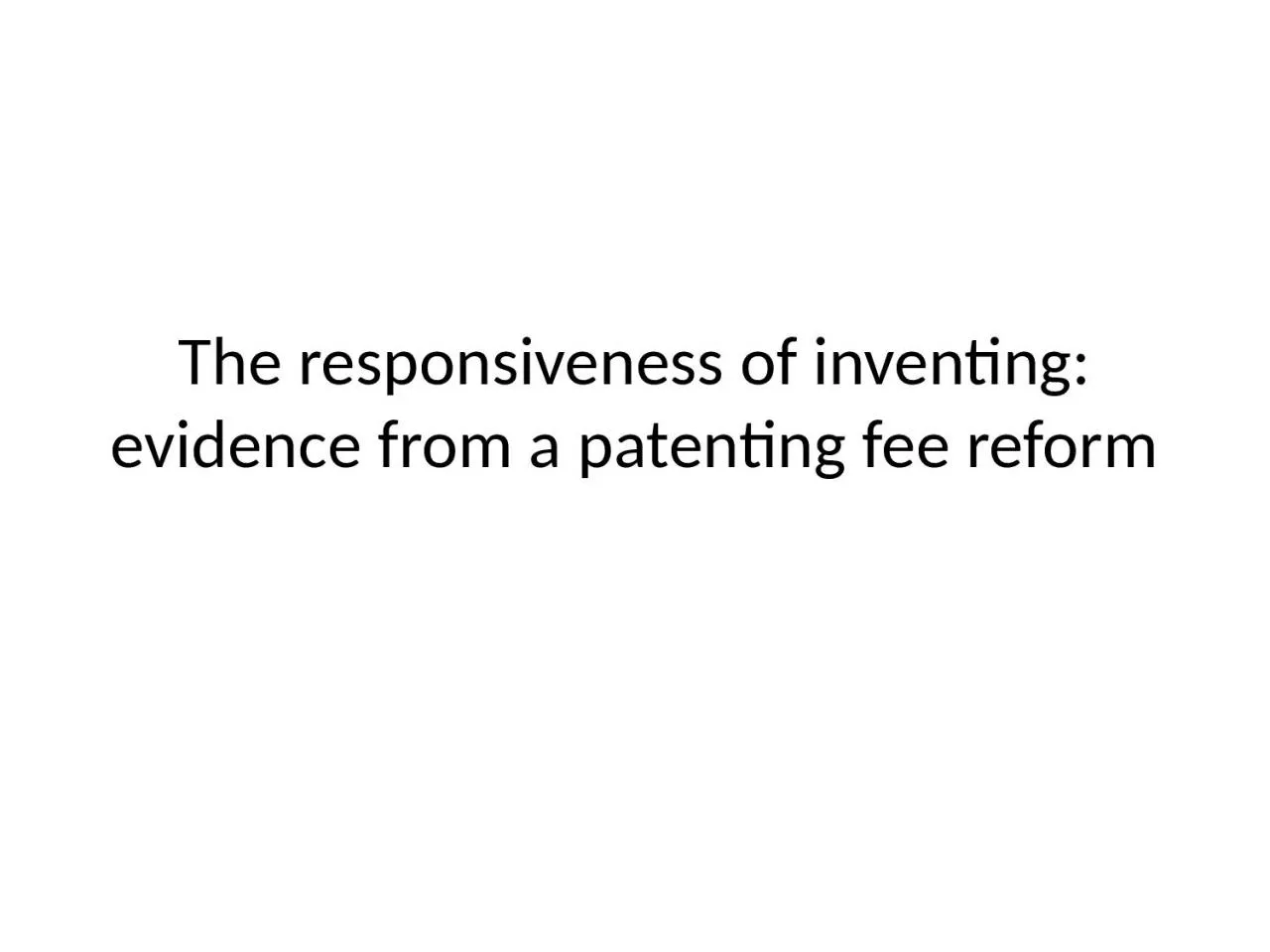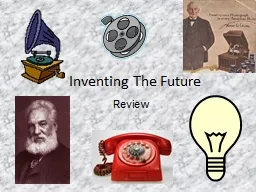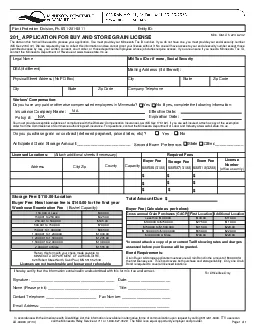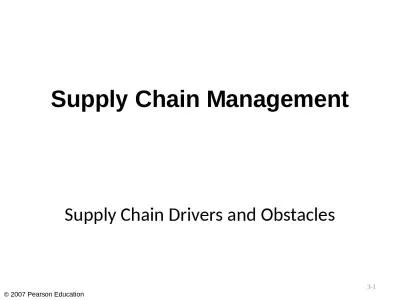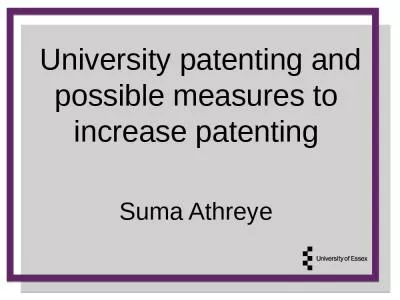PPT-The responsiveness of inventing: evidence from a patenting fee reform
Author : jainy | Published Date : 2024-02-02
Study of the effect of the 1884 reform from 25 to 4 pounds Reform was studied by Nicholas 2011 who found effect on propensity but not on quality renewals and citations
Presentation Embed Code
Download Presentation
Download Presentation The PPT/PDF document "The responsiveness of inventing: evidenc..." is the property of its rightful owner. Permission is granted to download and print the materials on this website for personal, non-commercial use only, and to display it on your personal computer provided you do not modify the materials and that you retain all copyright notices contained in the materials. By downloading content from our website, you accept the terms of this agreement.
The responsiveness of inventing: evidence from a patenting fee reform: Transcript
Download Rules Of Document
"The responsiveness of inventing: evidence from a patenting fee reform"The content belongs to its owner. You may download and print it for personal use, without modification, and keep all copyright notices. By downloading, you agree to these terms.
Related Documents

